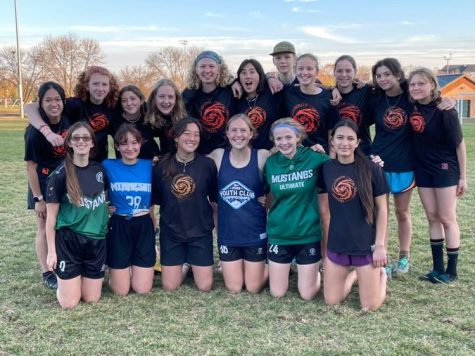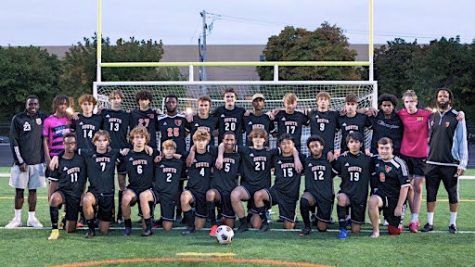Athletic scholarships challenge students to thrive in academics as well as in sports
February 6, 2015
“First of all, only 4% of high school football players play college ball. I think when you look at Minnesota, the numbers for football scholarships are good,” explained Leonard Sedlock, South High’s football coach.
In the United States, there are over seven million high school athletes. A grand total of two percent of them achieve a sports scholarship to college.
South high junior, Elerson Smith, is an athlete at South. Smith plays football, basketball and runs track, and aspires to receive an athletic scholarship. The scholarship numbers are low, considering the amount of students that would like to play college sports but Smith isn’t affected by that.
“I feel like they are given out fairly. You have to earn a scholarship and it takes a lot of work. Not just in the weight room or in the field but academics is a huge role in earning an athletic scholarship,” Smith commented.
Being able to get an athletic scholarship without keeping up grades is nearly impossible. While athletic talent is essential to receiving a scholarship, academics don’t take a back seat. Academic success is incredibly important in achieving a scholarship of any kind, including for sports. “I think for 99% of the players that I have coached its more beneficial to get good grades and score high on tests,” said Sedlock.
Aspiring high school athletes have to work hard both on and off the field but they aren’t alone in their endeavors.
Being an athlete takes a lot of self motivation, but coaches are there to help them along as best they can. “I am in contact with most Minnesota college coaches and many in the five state area. I send out film, and go over players grades, work ethic, etc with the coaches,” Sedlock said. Team members are also there for support and motivation.
In a pool of seven million high school athletes, one has to learn how to stand out, distinguish themselves in the crowd. “I feel like I’ve separated myself from other athletes by my work ethic and my work in the offseason,” Smith explained. “In my opinion the best athletes are the best because they work when no one else wants to.”
According to FastWeb, the leading website to help students find scholarships for school, “1% to 2% of undergraduate students in Bachelor’s degree programs receive athletic scholarships, equaling a total of about $1 billion a year.” Meaning there are very few scholarship opportunities and not a lot of money to pay for them.
Being a female athlete makes competition for athletic scholarships even more fierce. “Men continue to receive a disproportionate amount of athletic scholarships over women,” FastWeb informed.
Collegescholarships.org found the silver lining. “Campus financial aid administrators use scholarships and grants to establish funding for star athletes who increase their own access to student assistance by maintaining winning combinations of scholastic excellence and outstanding athletic achievement.”
In other words, athletic scholarships are extremely competitive but schools give out grants to address need for financial aid in addition to athletic scholarships. Thus, giving hope to students who are in need of financial aid and not necessarily the next Michael Jordan.
Sedlock concluded: “To get a D1 scholarship you need to dedicate your life to that sport. You go to school and work out etc. Its tough. Its not easy at all. Then IF you get one you are at a school with a commitment to dedicate 12 months a year in that sport. It takes alot. It takes a special person to do that.”



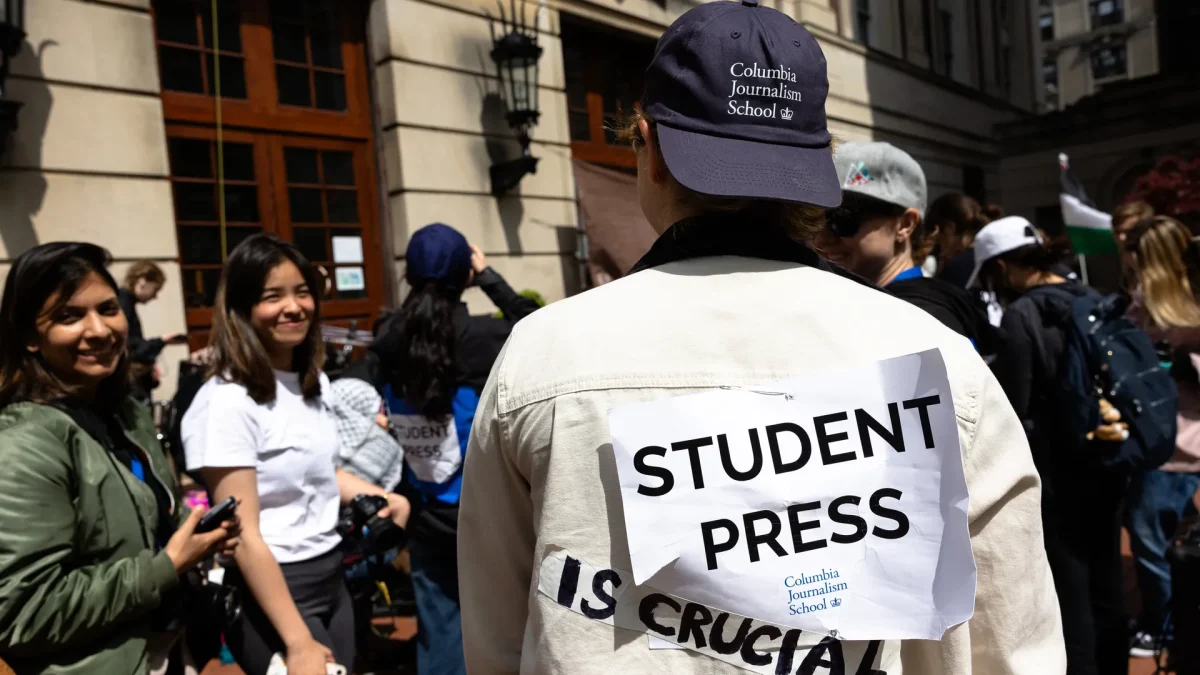


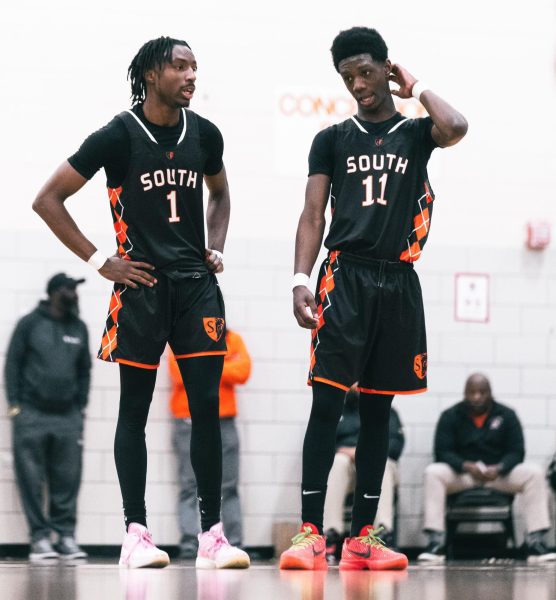

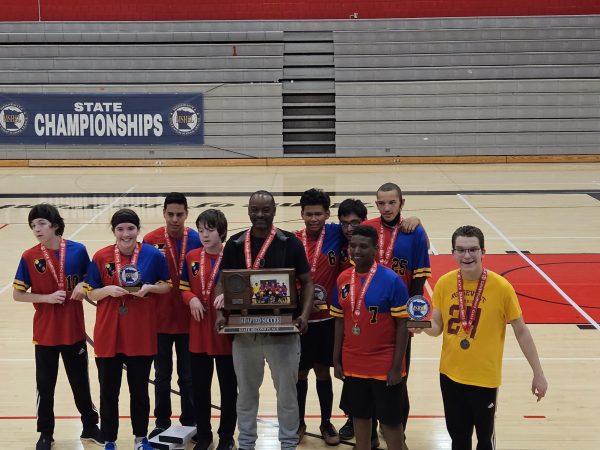
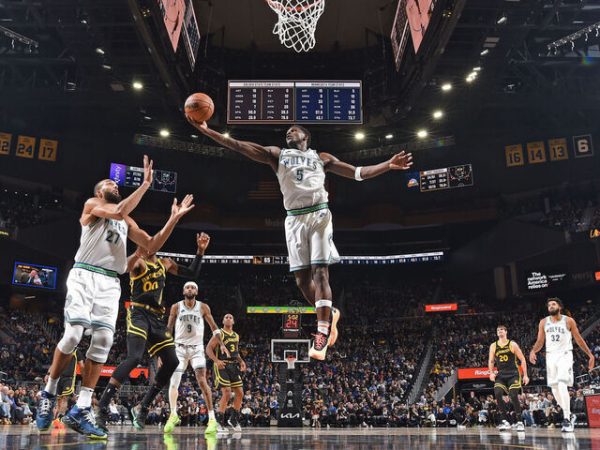
![Senior Ingrid Noren heads to school in February. She recommends winter biking, saying that “it’s better for your health [and] better for the planet.”](https://www.shsoutherner.net/wp-content/uploads/2023/03/Winter-biking-475x356.jpg)

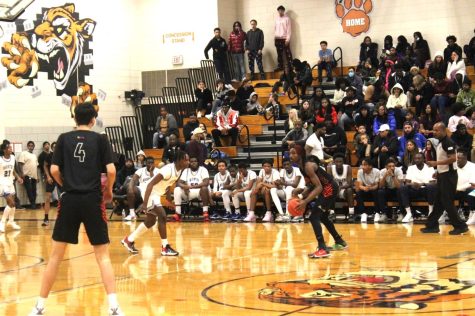
![Dance is affected by sexism, capitalism and semantics but that doesn’t change the fact that dance is an art; an influential art that is unlike anything else. “The amount of time, effort and commitment you have to put in to be a good dancer [is overlooked]...Everyone has to work really, really hard to get where they are.”](https://www.shsoutherner.net/wp-content/uploads/2022/11/dancevisual1-475x441.jpg)
